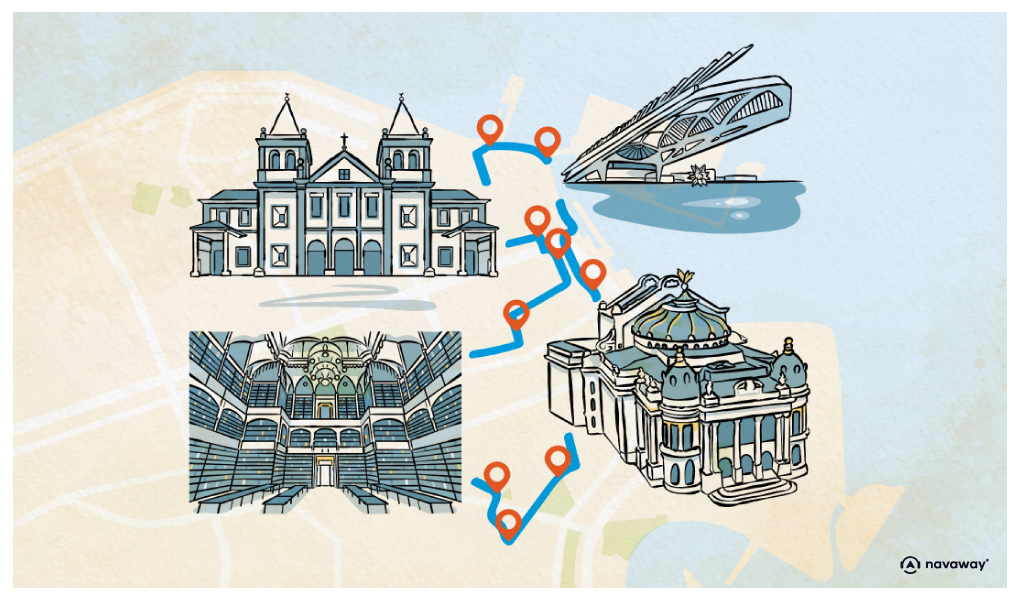
Rio Branco Avenue
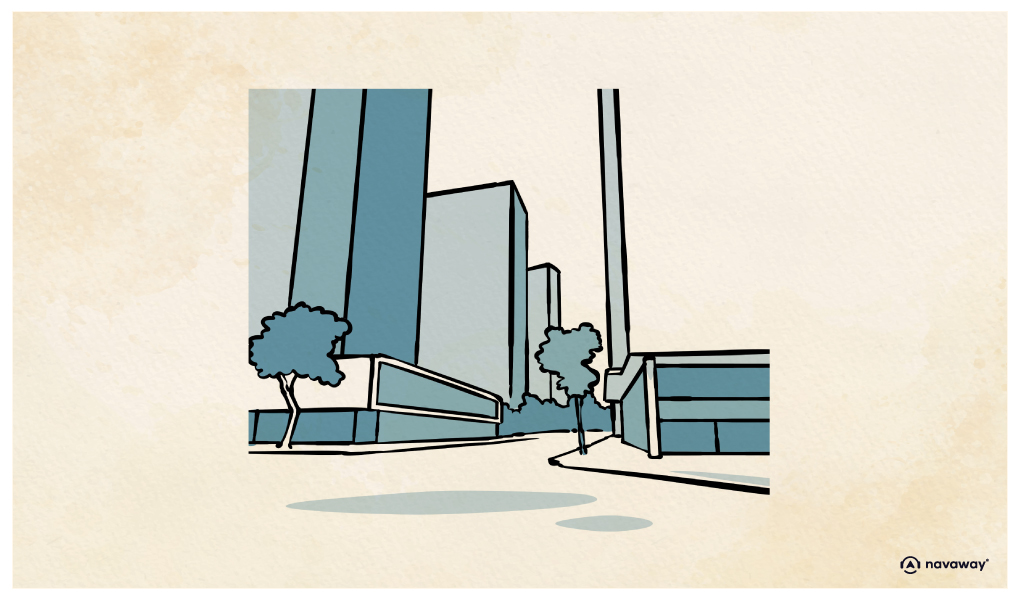
This point of interest is available as audio on the tour: Visit Rio de Janeiro, La Cidade Maravilhosa – The City of Wonders
You’re now heading up the Rio Branco avenue. Back in the early 1900s, Rio was essentially stuck in colonial times, and in desperate need of modernization, both in terms of urban planning and public health measures. To bring it up to date, Mayor Pereira Passos embarked on a series of ambitious urban reforms; the opening of Rio Branco Avenue, formely known as Central Avenue, was his centerpiece. By the end of Pereira Passos’ term in 1906, Rio was a whole new city, having undegone a major makeover! This 33-meter-wide avenue stretched for more than a mile and linked the city’s port to the Gloria district, which was booming at the time. To make way for it, Pereira Passos oversaw the demolition of 300 colonial houses. In their place rose grand new buildings, inspired by the latest European trends, particularly French Eclecticism. The avenue itself had a central garden, electric lights, and sidewalks paved with mosaics by Portuguese craftsmen. The avenue was inaugurated on September 7, 1904, in the presence of the President of the Republic, Rodrigues Alves, and opened to traffic the following year. Then followed extensive landscaping and the addition of a central walkway. In 1912, it was renamed in honor of Barao do Branco, a Brazilian diplomat who died that same year. So, you’re probably wondering what happened to all those elegant buildings and trees? Well, with the advent of reinforced concrete in the 1940s, the avenue lost its architectural character to new buildings. Today, only a handful of the original structures remain. However, the avenue is still one of the city’s most important thoroughfares, frequented by over 500,000 people every day.


Discover Rio de Janeiro with app
An interactive guide through the most beautiful streets, squares, and districts
24 fun audioguides full of historical facts, anecdotes, and legends
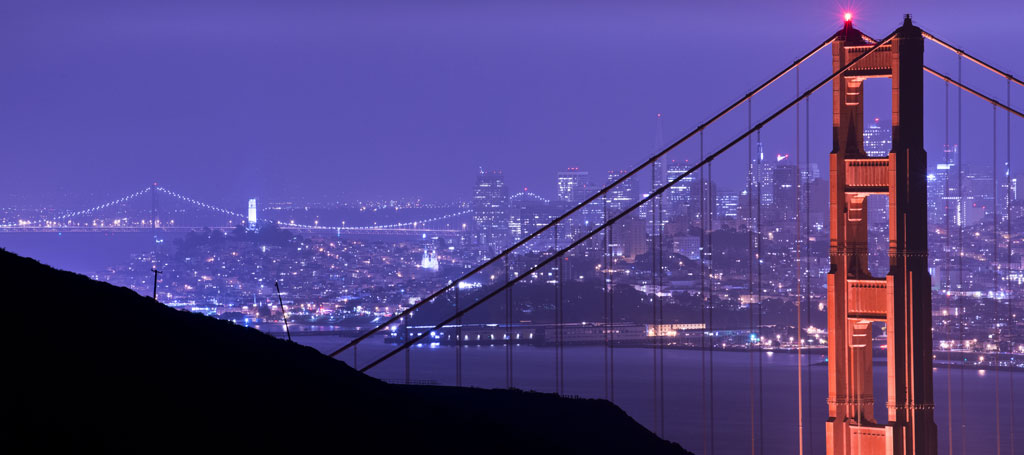
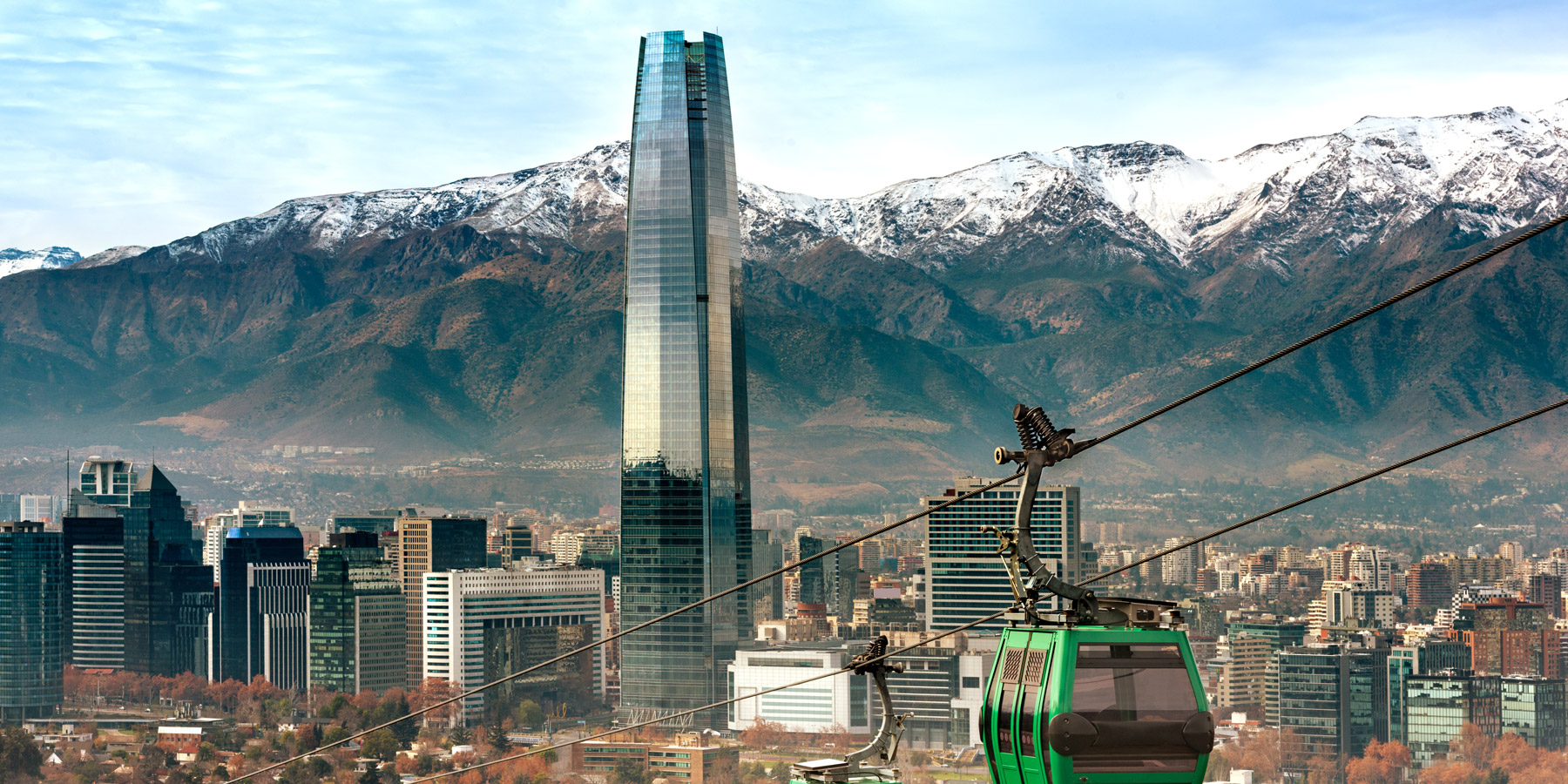
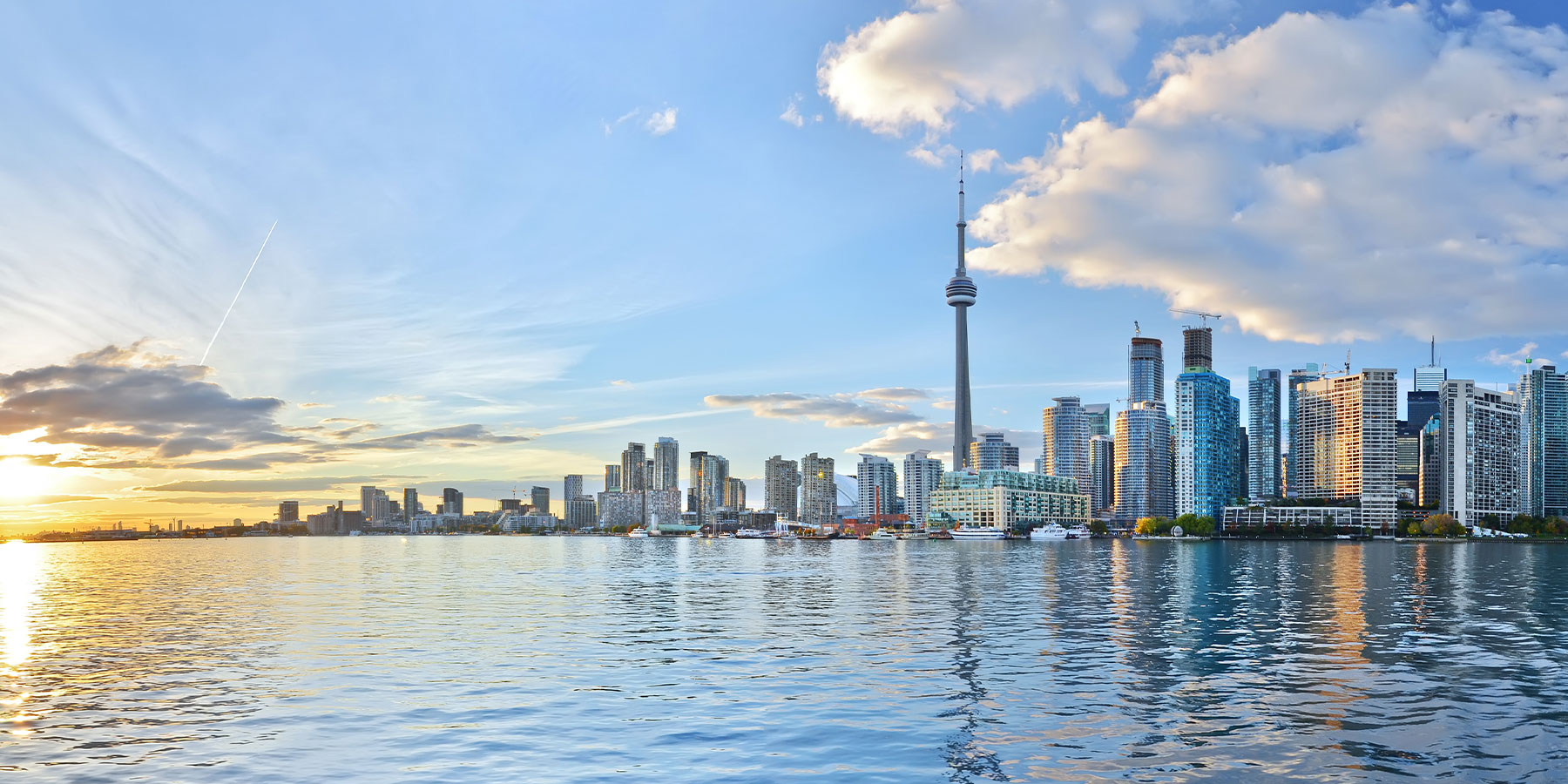


Comments